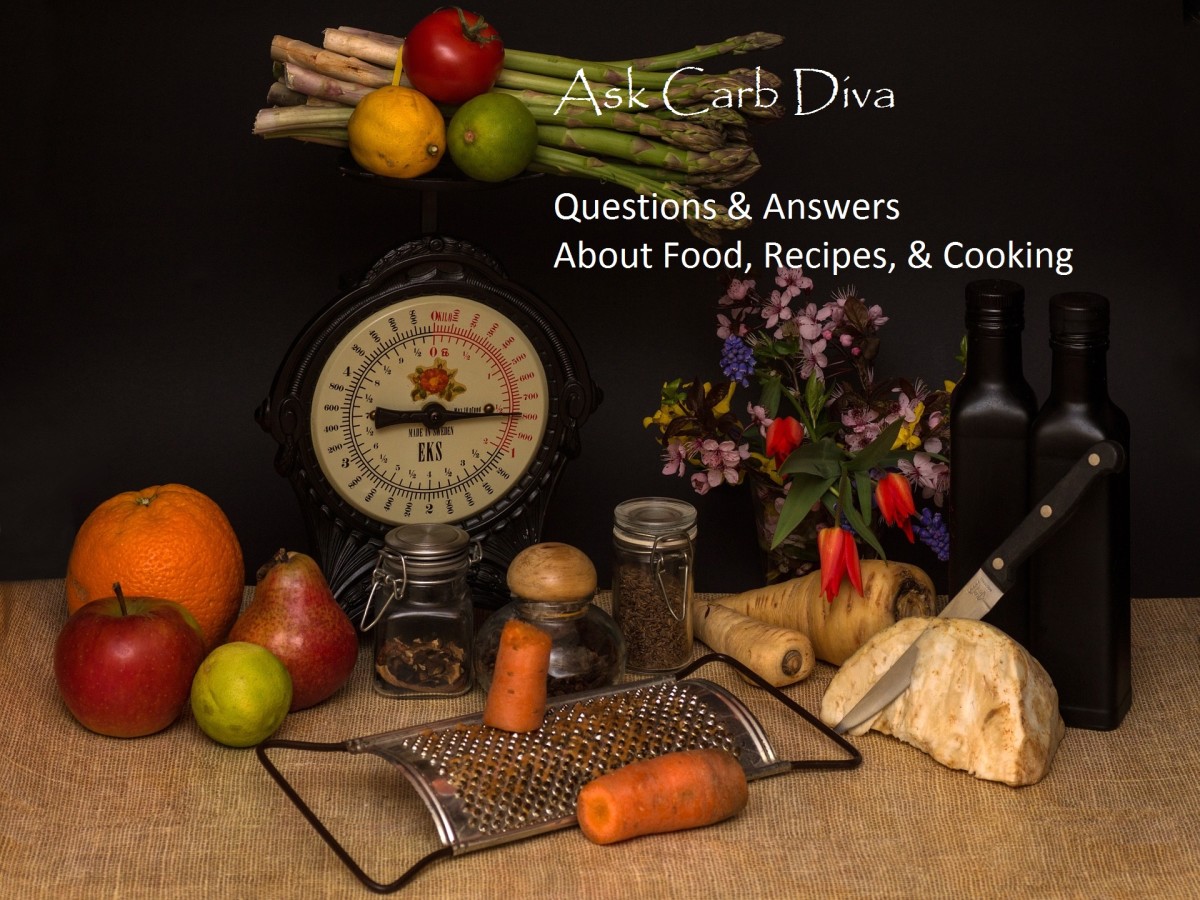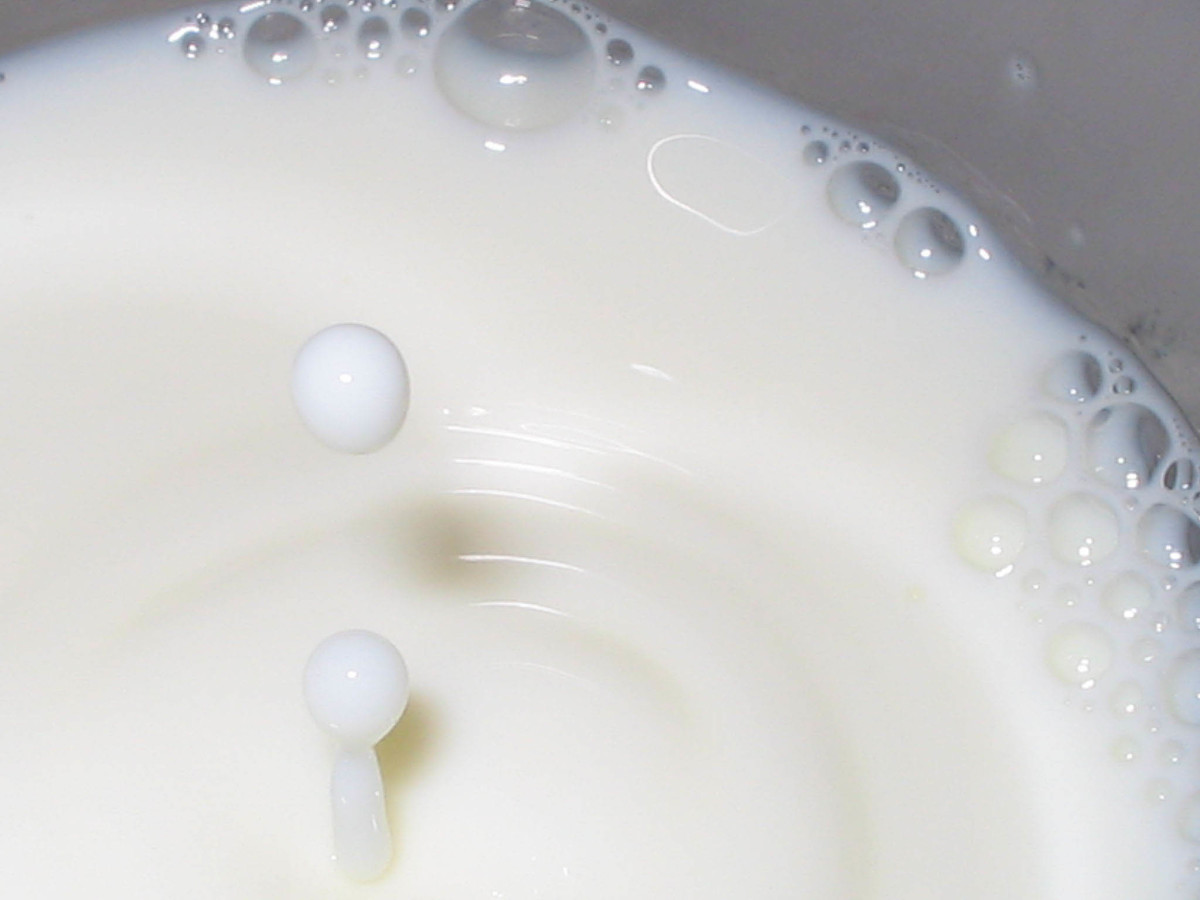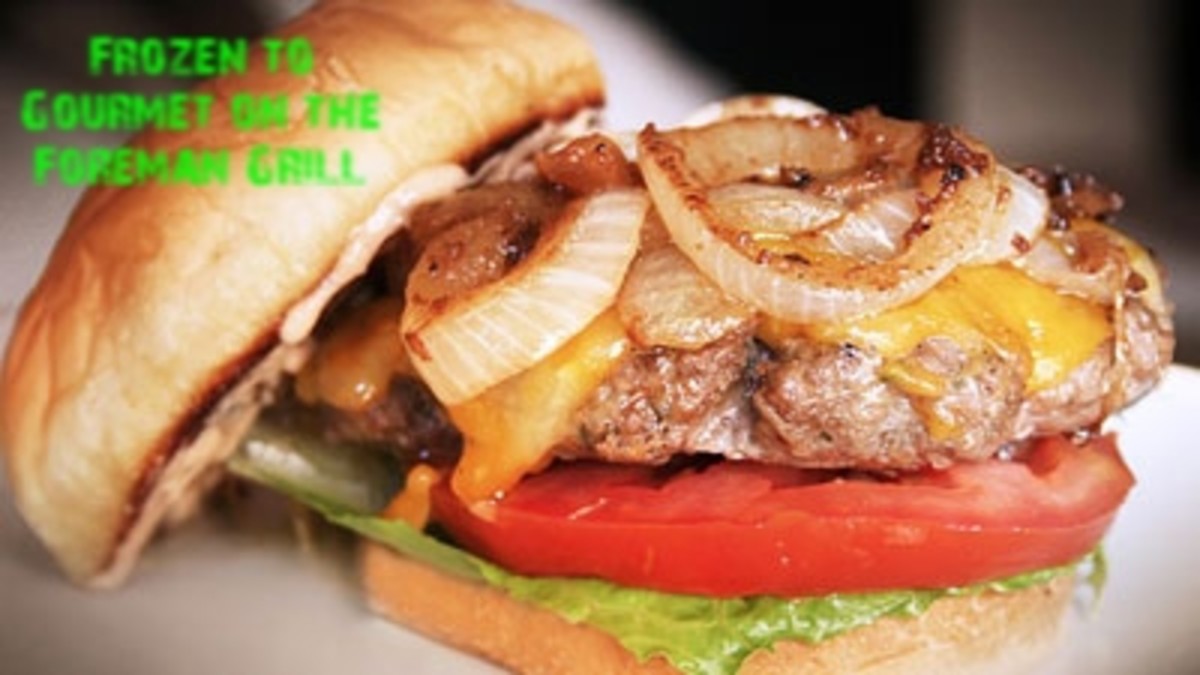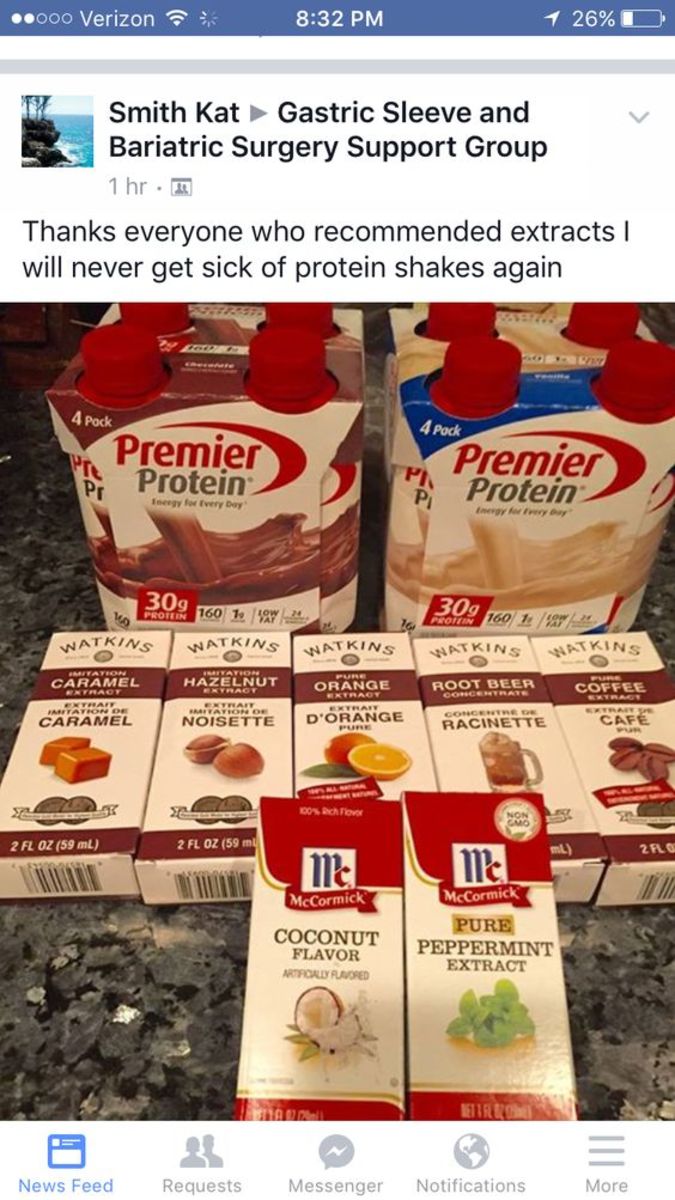The Hospitality Guru (cooking) Back to Basics: Recipe Interpretation
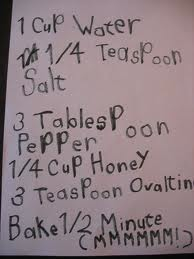
WHAT IS A RECIPE
A recipe is a formula, which lists all the ingredients required and the methods necessary to prepare a dish. It also lists the name of the dish, the exact quantities of each ingredient, how they are to be measured, and the portion yield. The purpose of a recipe is to control the production of a particular food item so it will be consistent in both quantity and quality. A recipe is very detailed to make sure, as much as possible, that it turns out the same regardless of who cooks it.
Before a recipe is used in a kitchen, it is tested out thoroughly. Ingredients and their proportions, the preparation and cooking times are all adjusted and costings made, until the right formula is developed. In selecting a recipe the range of available equipment, the experience of the chef, the food budget and client requirements are also taken into account. Once established, a recipe is rigidly adhered to so that the costs and food standards are maintained.
The essential details to be included in a recipe
Recipes can include a range of information, but the following details are essential:
- the name of the dish
- a list of ingredients in sequential order
- the exact quantity of each ingredient
- the method of preparation
- the portion yield.
Establishments which produce a large range of dishes often include a recipe number. This is useful for quickly locating the recipe when it needs to be used, or when costing is required for catering purposes. Recipes can also include instructions for portioning, plating and garnishing the food.
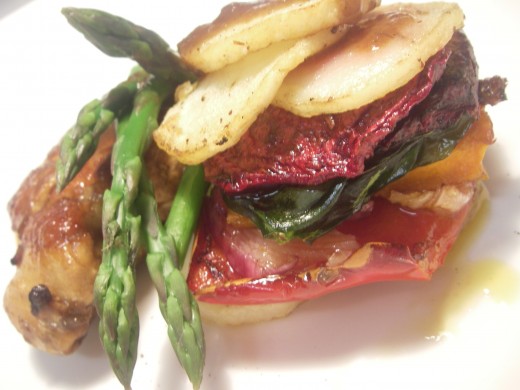
INTERPRETING A RECIPE
The whole point in having a recipe is to leave nothing to chance, so a recipe will give you a precise set of instructions about how to prepare a dish. However, a recipe will assume that you already have a good knowledge of culinary terminology and cooking methods, so that you will be able to understand those instructions and follow them correctly.
For example: A recipe may instruct you to sauté 30 grams of diced onions, but it will not explain what sauté is and assumes you can accurately measure out 30 grams of onions and know how to dice.
When you are going to use a recipe for the first time, it is valuable to take some time to first read the recipe carefully to make sure you know what is required. Check the meaning of any terminology that is unfamiliar to you, or you are unsure of. It is important not to guess, as the whole point of a recipe is to be accurate and precise. Also make sure you are familiar with all the equipment, ingredients, measurements and cooking methods used in the recipe. After you feel confident that you understand the recipe, you can begin the preparation of the dish.
Listed below is a suggested sequence you can follow to interpret a recipe effectively.
- Read the entire recipe thoroughly
- Check that you understand all the terms used in the recipe
- Identify methods for combining ingredients.
- Gather all the required ingredients and the necessary cookware and utensils (mis en place).
- If using the oven, set temperature control to desired setting.
- Accurately weigh or measure all the ingredients
- Check that all ingredients are included and that measurement is correct
- Proceed step by step through the method of reparation
- Check your product during the cooking process, as timing is important for many dishes.
- Maintain a clean work area.
ADJUSTING A RECIPE
You may need to adjust a recipe for a different number of portions. For example, you may have a recipe for 50 portions of Chicken Marengo but you need only 20 portions. Special care needs to be taken when adjusting a recipe, for errors can easily occur. A mistake in adjusting just one ingredient can spoil the whole product. Even doubling or halving a recipe can change the appearance, structure or aromatic properties of a dish if it is done incorrectly.
Adjusting a recipe can be a complicated process and often involves using mathematical formula. However, at this stage the basic calculation skills you will need are multiplication and division.
For example:
- You have a recipe for Béchamel Sauce that yields one litre, but you need three litres. This is three times the yield of your recipe, so each ingredient needs to be multiplied by three.
- You may need 0.250kg of Tomato Concasses, but your recipe yields one kilogram, which is four times the amount you need. The recipe needs to be decreased by dividing each ingredient by four.
To avoid errors, it is important that you check carefully all changes in calculations and make sure abbreviations and units of measurement are accurate. Also take care when copying out a recipe.

